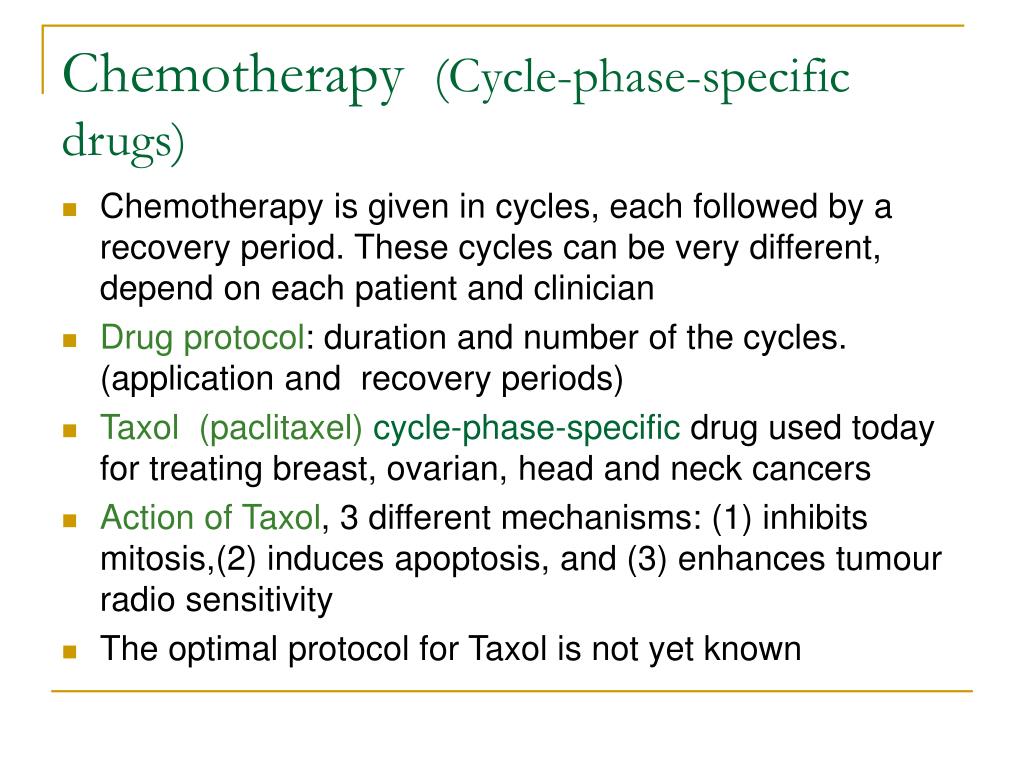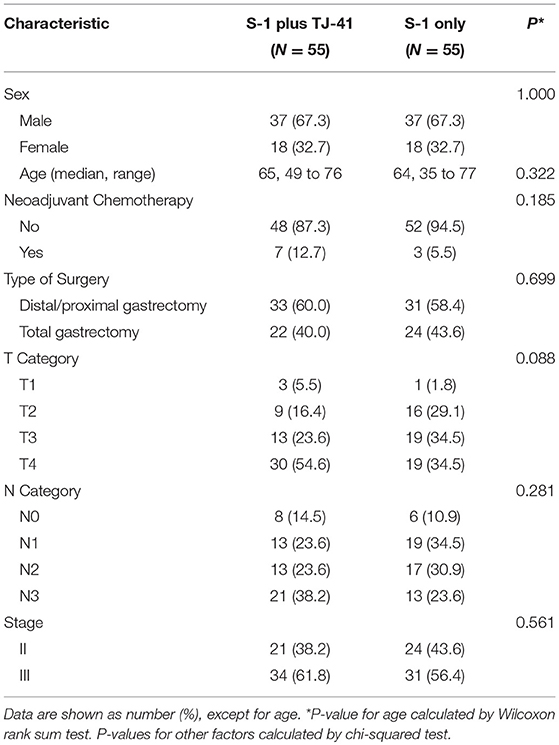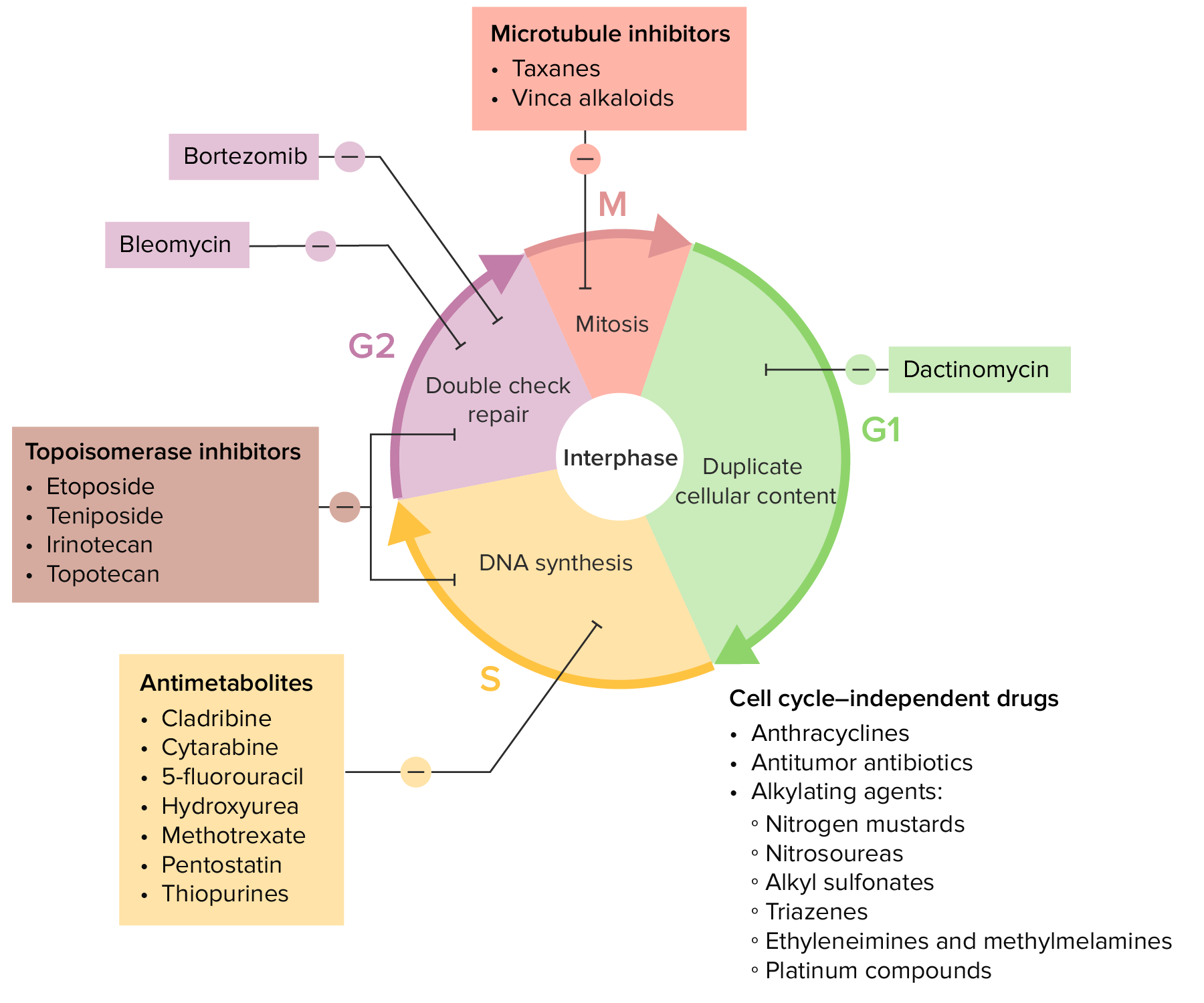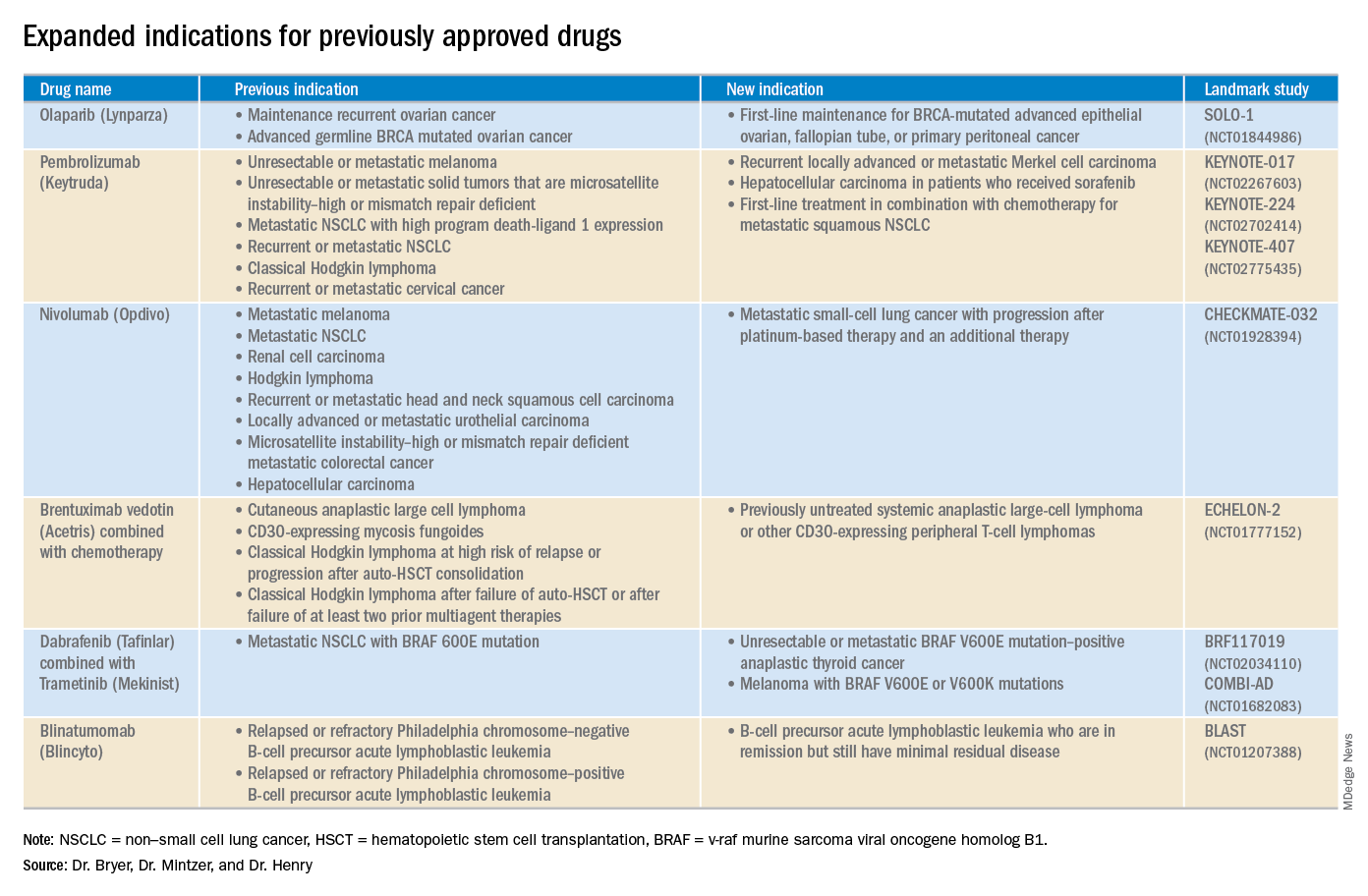Evolutionary Design of Cancer Chemotherapies PowerPoint Biology Diagrams Antibiotics, PARP inhibitors, and antimetabolites work in the S phase. When formulating combination chemotherapy regimens, oncologists often look for two drugs that work in different parts of the cycle. Other chemotherapeutic agents kill multiplying cells in all phases. They are not phase-specific and are sometimes called CCNS, cell-cycle non For example, 6-mercaptopurine (6-MP) as an antimetabolic drug mainly plays a role in the S phase while plant alkaloids mainly act on M-phase cells [20,21]. Surgery or radiotherapy will stimulate dormant tumor cells to re-enter the replication stage, and the cell cycle-specific chemotherapy drugs that follow will wipe them out. It is cell cycle for a cycle specific drug (e.g., the S-phase fraction for an S-phase specific drug like fluorouracil), and a scaling factor for the level of drug resistance. Although this model is not as detailed or accurate as those described above by Jusko and Ozawa et al. 29-31 it is more convenient because the parameters are easier to estimate from

Principles of Clinical Cancer Chemotherapy and Drug Resistance. Cancer Mortality: 2000 = 553,091; Est.2003 = 556,500 Cancer Chemotherapy -- Effectiveness by Disease. Cell Cycle Active, S Phase Specific. ANTIMETABOLITES. Mechanisms. incorporation of nucleotide analog in DNA or RNA, resulting in abnormal nucleic acids

What is the Difference Between Cell Cycle Specific and Cell Cycle ... Biology Diagrams
Cell cycle-specific chemotherapy drugs are a type of chemotherapy drugs that kill cancer cells during their proliferation. There are two types of cell cycle-specific chemotherapy drugs. They are antimetabolites and plant alkaloids. Antimetabolites. Antimetabolites replace the natural substances used by the cancer cells to divide. The cell cycle has four stages: mitosis, gap-1, synthesis phase (S-phase) and gap-2. DNA synthesis occurs in S-phase, chromosomes then align, separate, and cell division takes place during mitosis. Chemotherapy drugs cause cell death by apoptosis, either by directly interfering with DNA, or by targeting the key proteins required for cell division. Repeat doses of chemotherapy may be given to keep killing cancer cells. Cell-Cycle Specific Chemotherapy. These attack cancer cells during specific phases of the cell cycle, but never during the resting phase. These are often given more than once. This gives the chemotherapy the best chance to kill as many cells as possible.

Cell cycle phase non-specific (CCPNS) drugs Chemotherapy drug mechanisms are generally divided into two categories: Order of administration Act as specific phases within the cell cycle. They are selectively potent if given when a large number of cancer cells are in the appropriate phase of the cell cycle. E.g. antimetabolites such as
